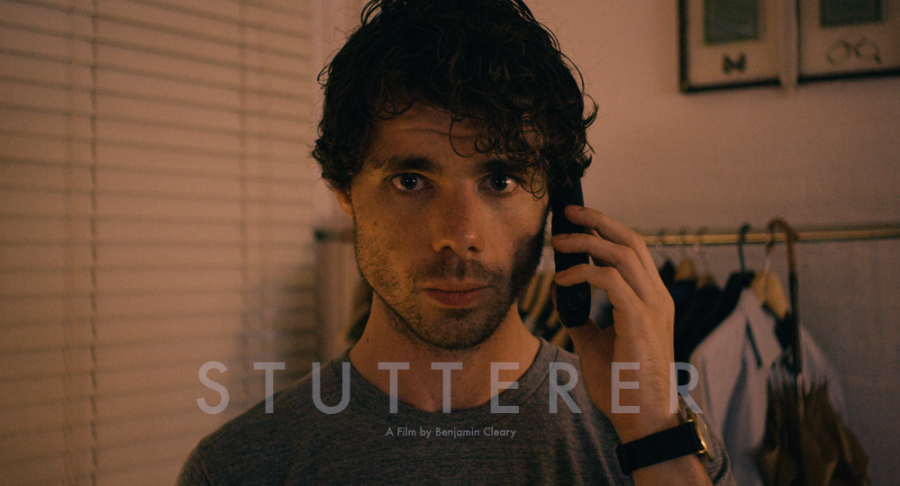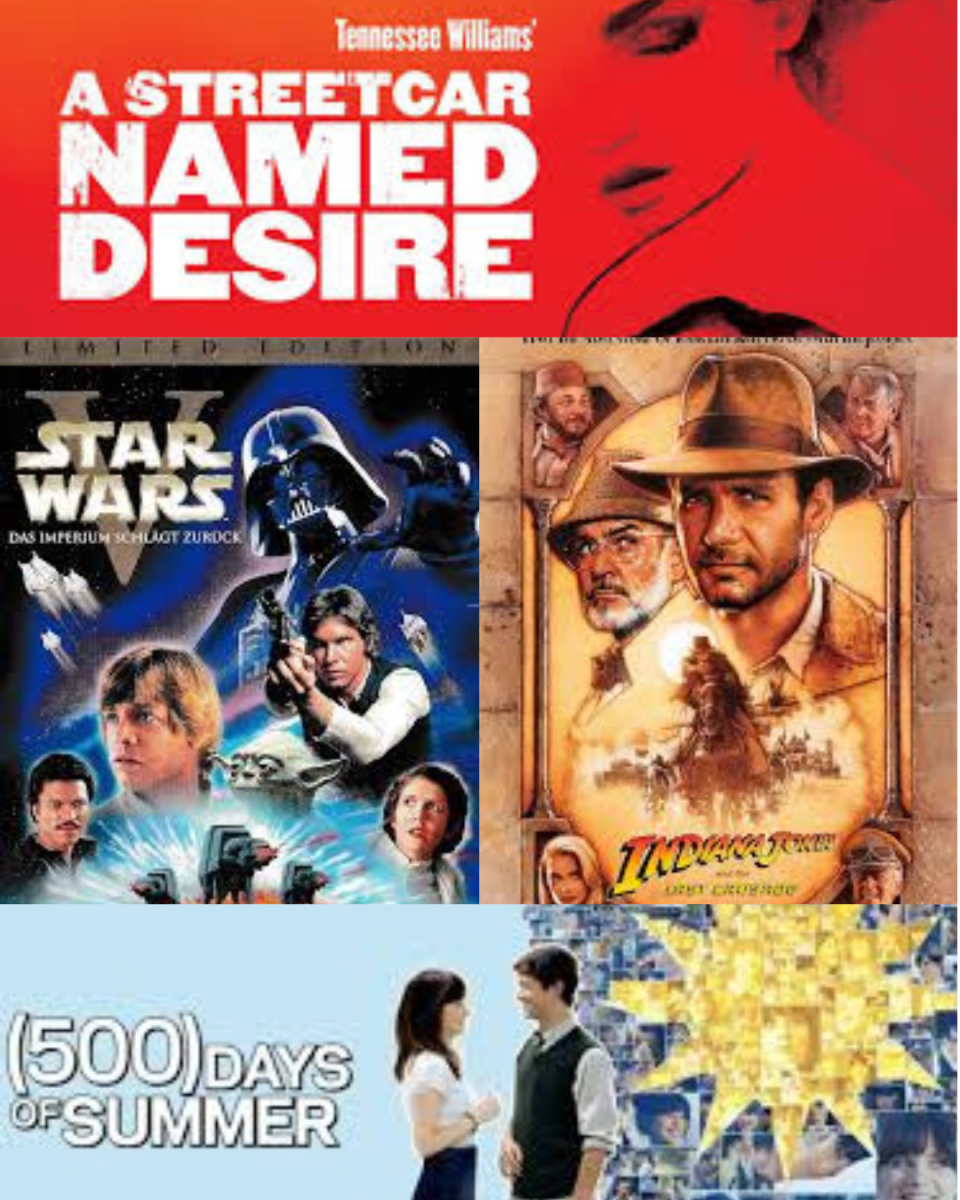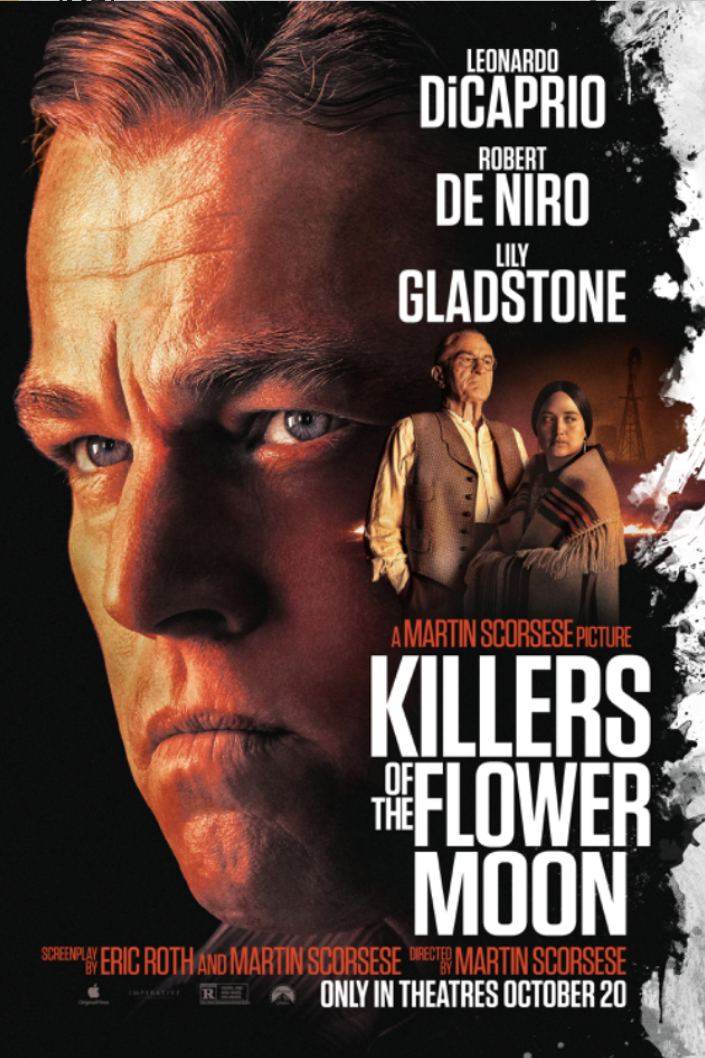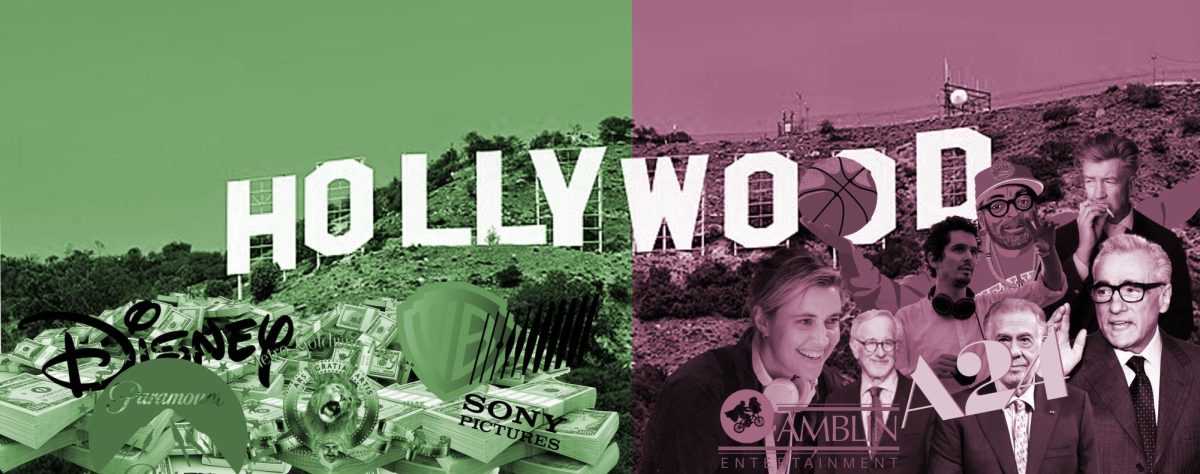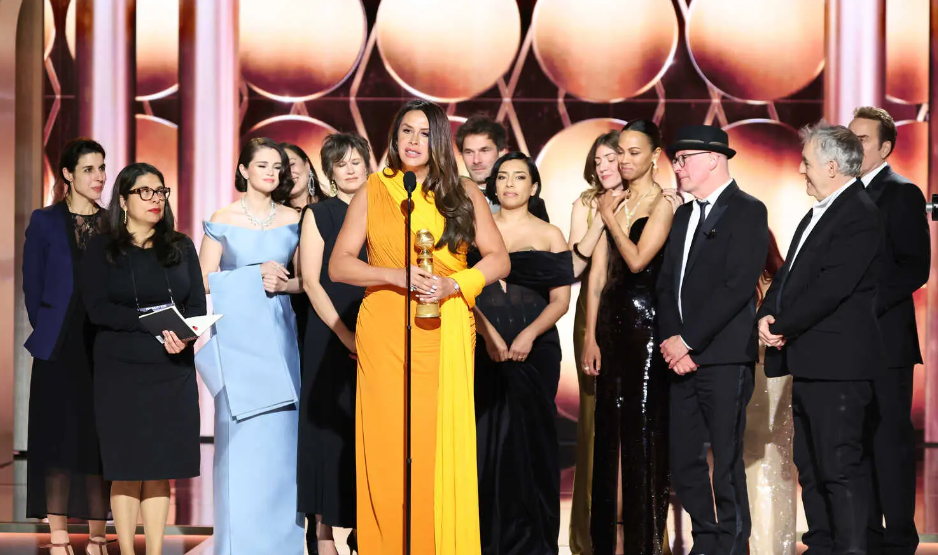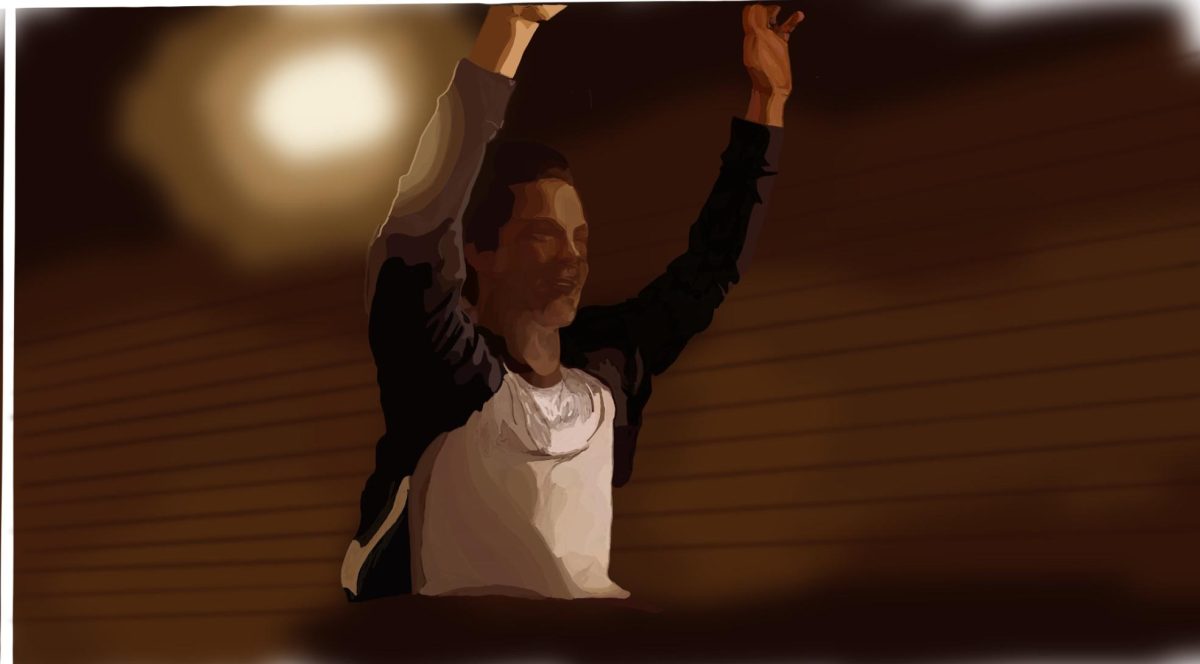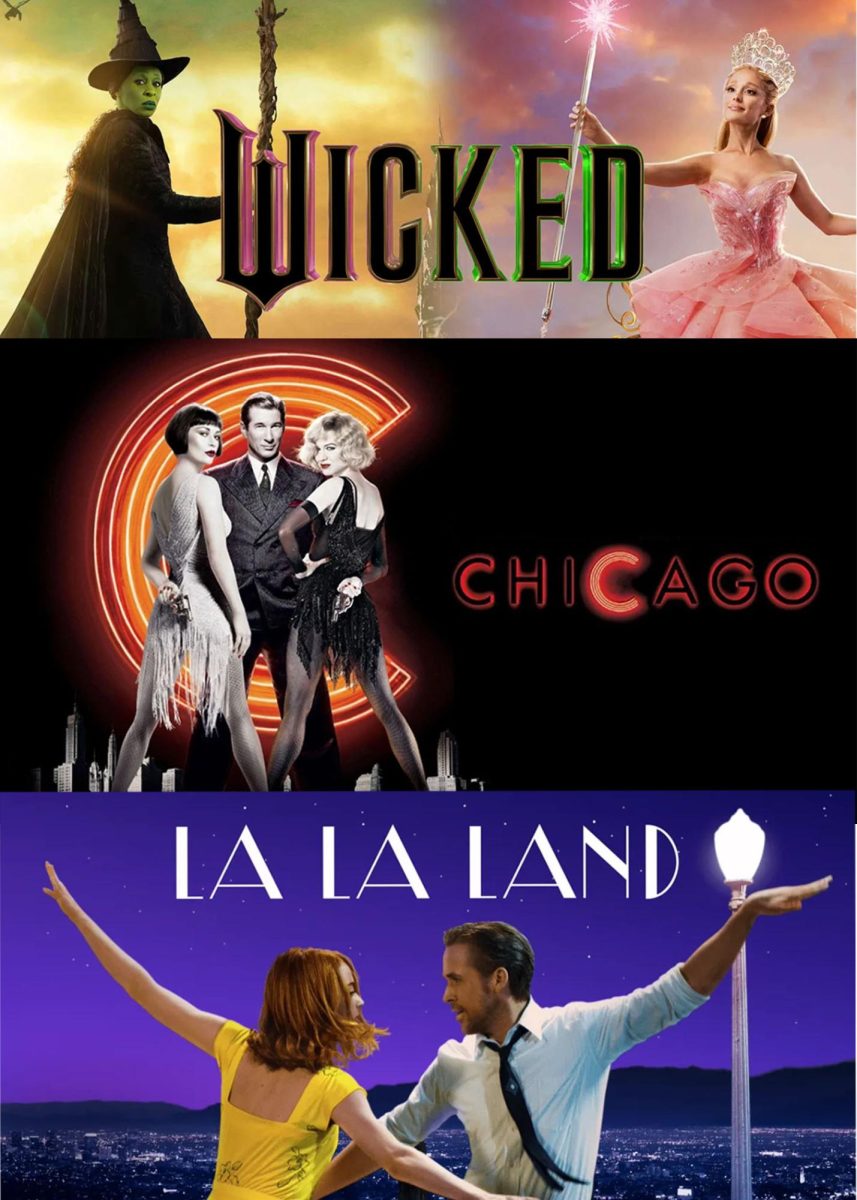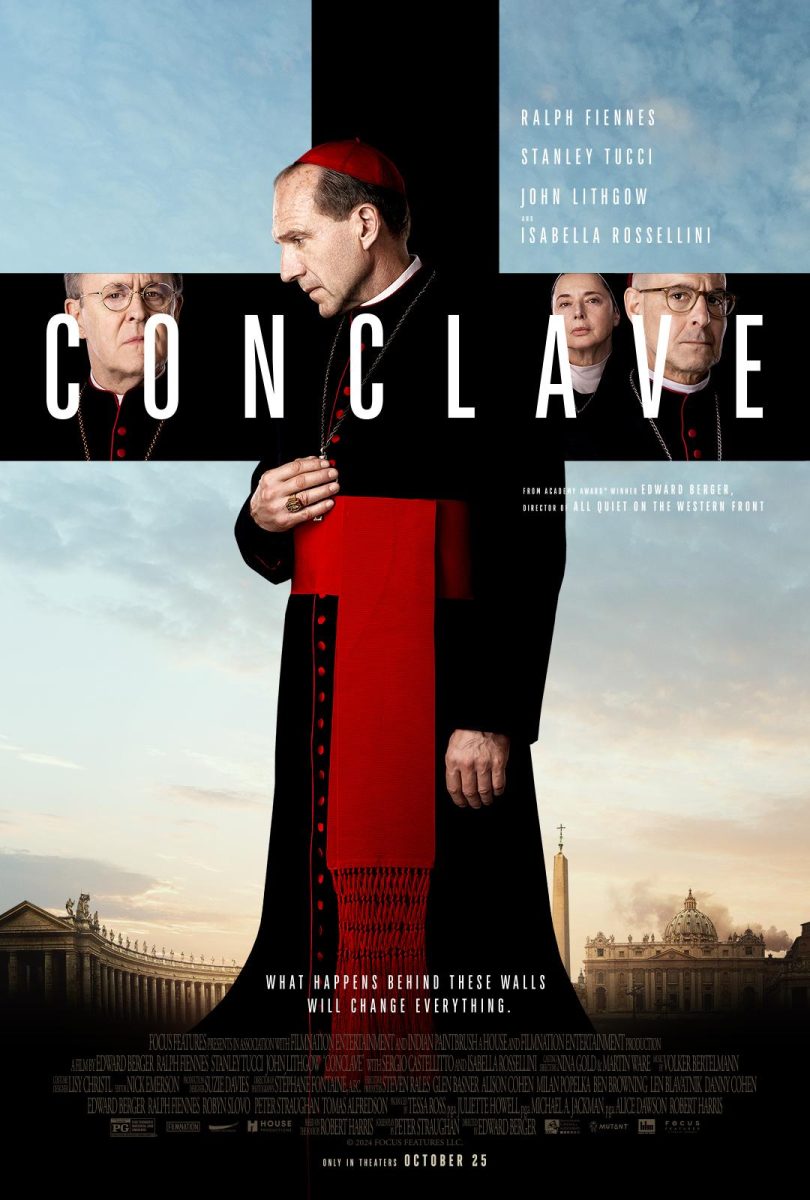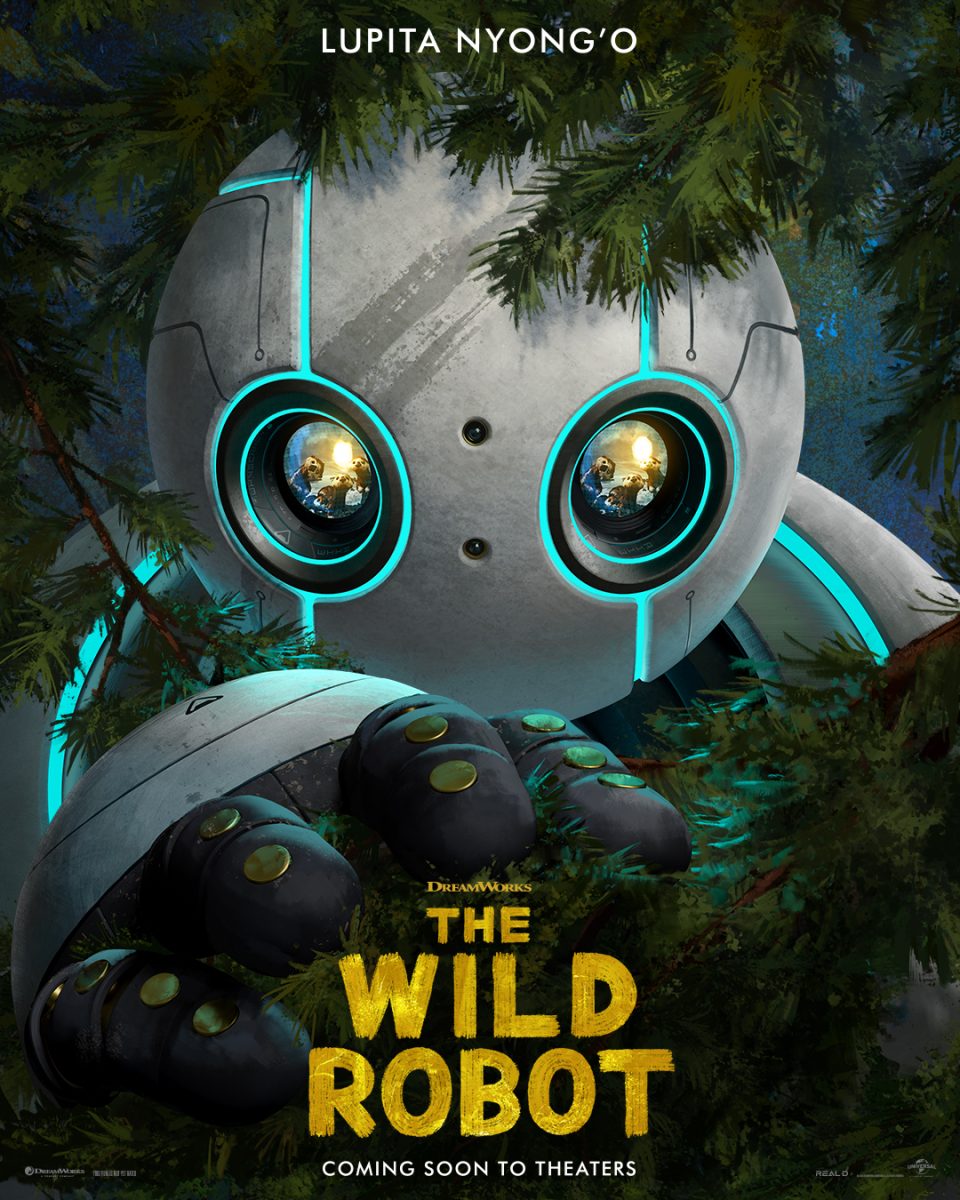The Oscars are, by far, the most popular topic of discussion come early March. Hotly debated categories like Best Picture and Best Actor are usually the awards that are most discussed. However, there are several awards rarely given a second glance by mainstream moviegoers. Among these are the short film categories, consisting of three genres—animated, live action and documentary—each one including films 40 minutes or under.
Today more than ever, it’s necessary that filmmakers recognize the importance of shorts. Millennials are less likely to go to a theater to watch a full-length movie; alternatives like pirating movies at home and binging Netflix have taken precedence. However, runtimes under 30 minutes can condense the plot of a feature film into a palatable length while still packing an emotional punch. Films like “The Hateful Eight,” which clocks in at two hours and 47 minutes, convince only the most dedicated fans to sit through them. Yet concise films are much easier to watch; they’re shorter than an episode of “Grey’s Anatomy.”
The short films are more diverse and take on more controversial material than the Academy’s nominated feature films. Part of the reason for this diversity is that short films are usually made by smaller studios, whereas larger studios tend toward mainstream subject material that they are confident will sell. The Oscars have generated a lot of buzz in the past two years as its nominees have excluded people of color, spawning hashtags like #OscarsSoWhite. However, the live-action shorts have not been affected by this trend—they include an Albanian/Kosovan film and two films taking place in the Middle East.
This year’s shorts take on heavy subject matter with humor and integrity. One of the stand-out live action shorts, “Ave Maria” is a film about a group of Palestinian nuns who try to help an Israeli family get home from the convent they are stranded at, but both groups are limited by religious restrictions: the nuns by an oath of silence and the Jewish family by Sabbath law. Despite the film’s setting in the politically turbulent Middle East, it is described as a “geopolitical comedy.” Other top picks for the award were “Shok,” a poignant look at two boys caught in the Kosovo War, and “Stutterer,” an introspective portrait of a man prevented from forming relationships by a speech impediment and the winner of the award.
The animated shorts are equally diverse. Topics range from religion to the future, and the films are much more heterogeneous than feature-length animations, including Chilean and Russian films and a Pixar short about an Indian family and their Hindu faith. “Sanjay’s Super Team” was one of the top choices this year, focusing on a boy who would rather watch cartoons than pray with his father. However, he is transported to an imaginary world of Hindu gods in true Pixar fashion, eventually realizing the merit of his father’s faith. But not all of the animated shorts target children. “World of Tomorrow” includes the director’s niece’s illustrations, but it is a disturbing science fiction piece. Because it was produced by its director and not a large studio, like so many other shorts, “World of Tomorrow” had free range to take on experimental animation techniques and topics that made viewers uncomfortable. Similarly, this year’s winner, “Bear Story” utilized appealing steampunk animation to tell the horrifying story of government brutality following the Chilean coup.
Despite their merits, the shorts remain relatively obscure, in part because of how hard it is to watch them. The Academy sets strict rules on submissions, and films qualify with either a theatrical release in Los Angeles or by winning an award at a film festival. As a result, unless fans can make it to Cannes or Sundance, they’re unlikely to see them. However, some local theaters do run them—the Museum of Fine Arts, Institute of Contemporary Art, Coolidge Corner Theatre, and Kendall Square Cinema have screened the programs this year, as well as Cable Car Cinema in Providence—and some become available online after the awards show. It’s worth seeking them out, though, as the films’ edgy subject matter, inclusion of myriad ethnicities and pioneering animation techniques make them an important part of the Oscar nominees.
Here are the short films that can be viewed online:
Bear Story


